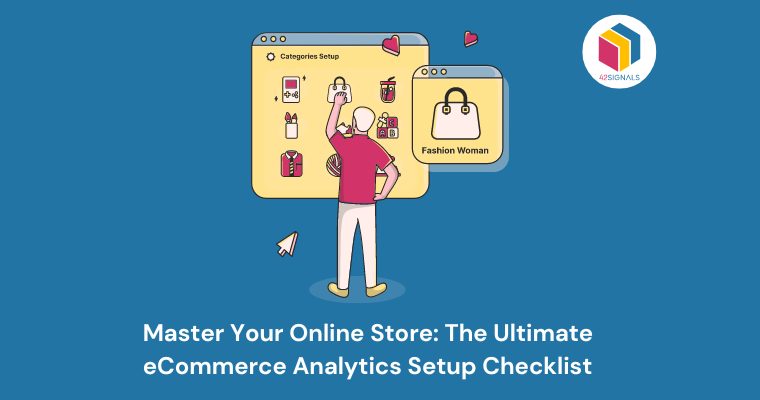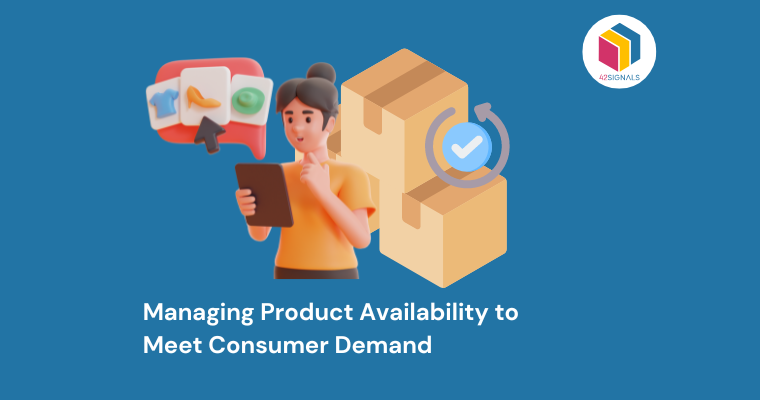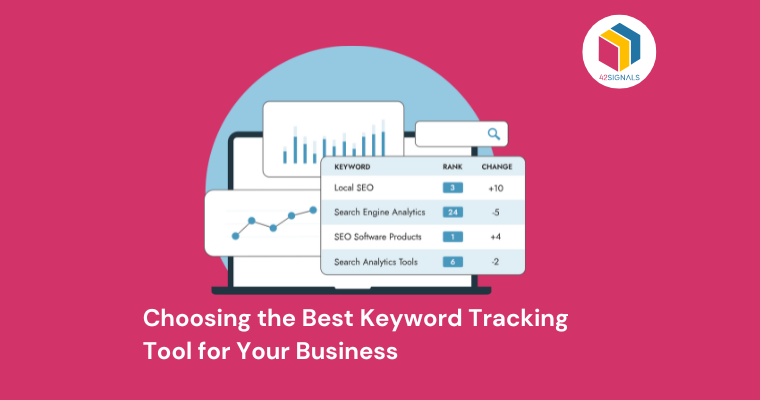To reach the goal of $1 million in revenue and a customer base of 100,000 loyal shoppers, not only takes having a good product offering but also knowing the right metrics to track for continuous improvement. That’s where eCommerce analytics comes into the picture.
This could include UI/UX changes, an easier checkout process, better prices, more discounts and sales, visibility on other platforms and so on. While this can feel overwhelming or unclear, this checklist will help you understand the important metrics for you to track in eCommerce analytics.
Google Analytics Integration
This is one of the first and foremost steps and a no-brainer. Set up Google Analytics for comprehensive site traffic and behavior tracking. It shows how users navigate your website and gives you the right insights to optimize your pages. You can configure goals to track conversions and important interactions too.
Your website analytics review should be done weekly for the right impact and corrective measures.
Customer Segmentation Tools
Implement tools for segmenting customers based on behavior, demographics, and purchase history. This helps understand your audience – their demography, psychography and geography better. Here’s a great list of the tools to get you started.
Depending on the customer base, review your data monthly; spikes in traffic or conversions can also trigger an impromptu review.
Conversion Rate Optimization (CRO) Metrics
Monitor metrics like cart abandonment rate, conversion rate, and click-through rate. It will help narrow down the possibilities of why things aren’t working.
If your business receives a lot of orders, monitor this weekly. If you’re just starting out, a monthly analysis should be sufficient.
Performance Tracking of Marketing Campaigns
Track the performance of different marketing channels (email, social media, PPC). With UTM parameters you can visualize what’s bringing in the traffic and garnering a lot of interest. Analyze open rates, click rates, and conversions from email campaigns with engagement, CTR’s and reach for social media.
Monitor the metrics of every campaign 2-7 days after it’s been sent and social media traffic weekly.
Sales and Revenue Critique
Sales and revenue numbers are the crux of a business operation. Reviewing sales data, average order value, time to convert, revenue trends, and repeat customers, can help paint a good picture of your performance.
Monitor it monthly and analyze details month-on-month to see changes.
Product Performance Tracking
Track best-selling items, product views, and inventory levels to know what brings the customer to your business and what makes them stay. A single best-selling product alone can drive traffic to your website and expose customers to other potential items.
Monitor such metrics weekly or monthly depending on the order rates.
User Experience (UX) Analytics
Use heatmaps and session recordings to understand user interactions on your site. Knowing the highest visited pages and the most viewed/interacted parts of the website can help optimize those areas to be more effective.
Monitor this data monthly and it can be clubbed with Google Analytics to provide a holistic view.
Customer Feedback and Reviews
Collect and analyze customer feedback for insights into satisfaction and areas for improvement. A lot of negative feedback on a specific issue should warrant immediate action to resolve that friction point. Likewise, what’s very positive can be set as a benchmark for standards.
This can be done either on an ad hoc basis or every two months to ensure nothing’s missed.
SEO Performance Monitoring
SEO is the backbone of organic traffic and its importance cannot be downplayed. Regularly review search rankings, organic traffic, and keyword performance to see your brand’s performance and compare it with competitors.
To know more, have a look at these insights derived from eCommerce data helping businesses improve their practices.
Conclusion
While these metrics may look like a lot, scheduling regular reporting to analyze trends, measure growth, and inform strategy adjustments can make a huge difference.
Remember, the key to mastering your online store is not just in setting up these analytics but in regularly reviewing and acting on the insights they provide. This knowledge can be priceless in helping your business reach its true potential.
FAQs
Which eCommerce Analytics Tool is the Best and Why?
The “best” eCommerce analytics tool often depends on the specific needs of your business, including the size of your eCommerce operation, the complexity of the data you wish to analyze, and your budget. However, a commonly recommended tool is Google Analytics. For granular insights specific to products, competitors and customers, 42Signals is a great fit.
What are the Best eCommerce Analytics Tools?
Several eCommerce analytics tools are highly regarded in the industry, each offering unique features. Some of the best include:
- Google Analytics: Ideal for a broad range of analytics needs, offering both a free and a premium version.
- Kissmetrics: Known for its customer-centric approach, it provides detailed insights into individual customer behaviors and is excellent for understanding customer journeys and improving conversion rates.
- Adobe Analytics: Part of the Adobe Marketing Cloud, it’s a powerful tool for larger businesses with more complex data analysis needs. It excels in segmenting and visualizing data.
- Mixpanel: Focuses on tracking user interaction with products. It’s particularly useful for mobile analytics and tracking events.
- Woopra: Known for real-time analytics and customer journey tracking. It’s excellent for businesses focused on optimizing the customer experience.
- Shopify Analytics: For businesses using Shopify as their eCommerce platform, Shopify Analytics is a tailored solution that integrates seamlessly with the platform.
- BigCommerce Analytics: Similar to Shopify Analytics, this is ideal for BigCommerce users, offering insights specific to the platform.





